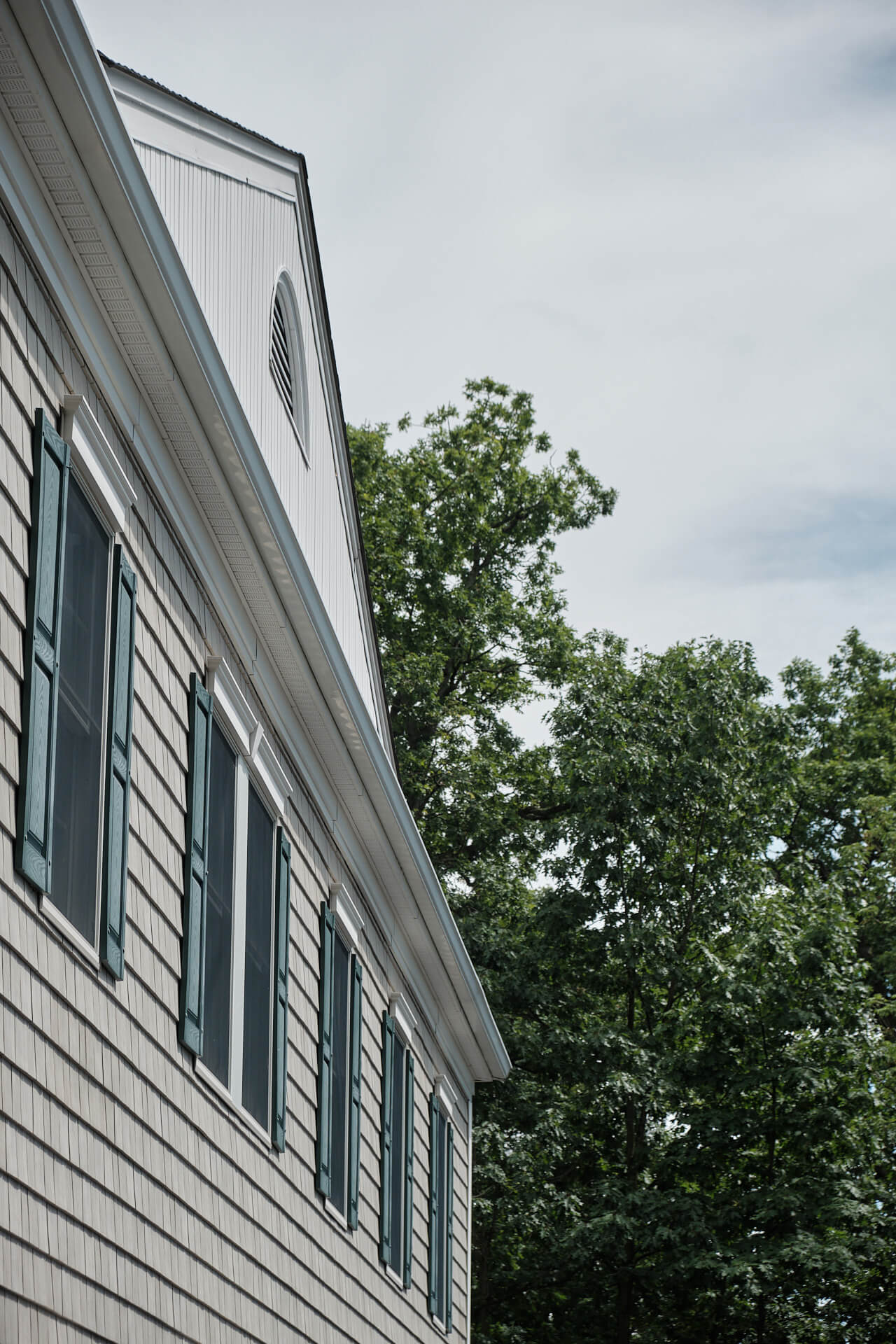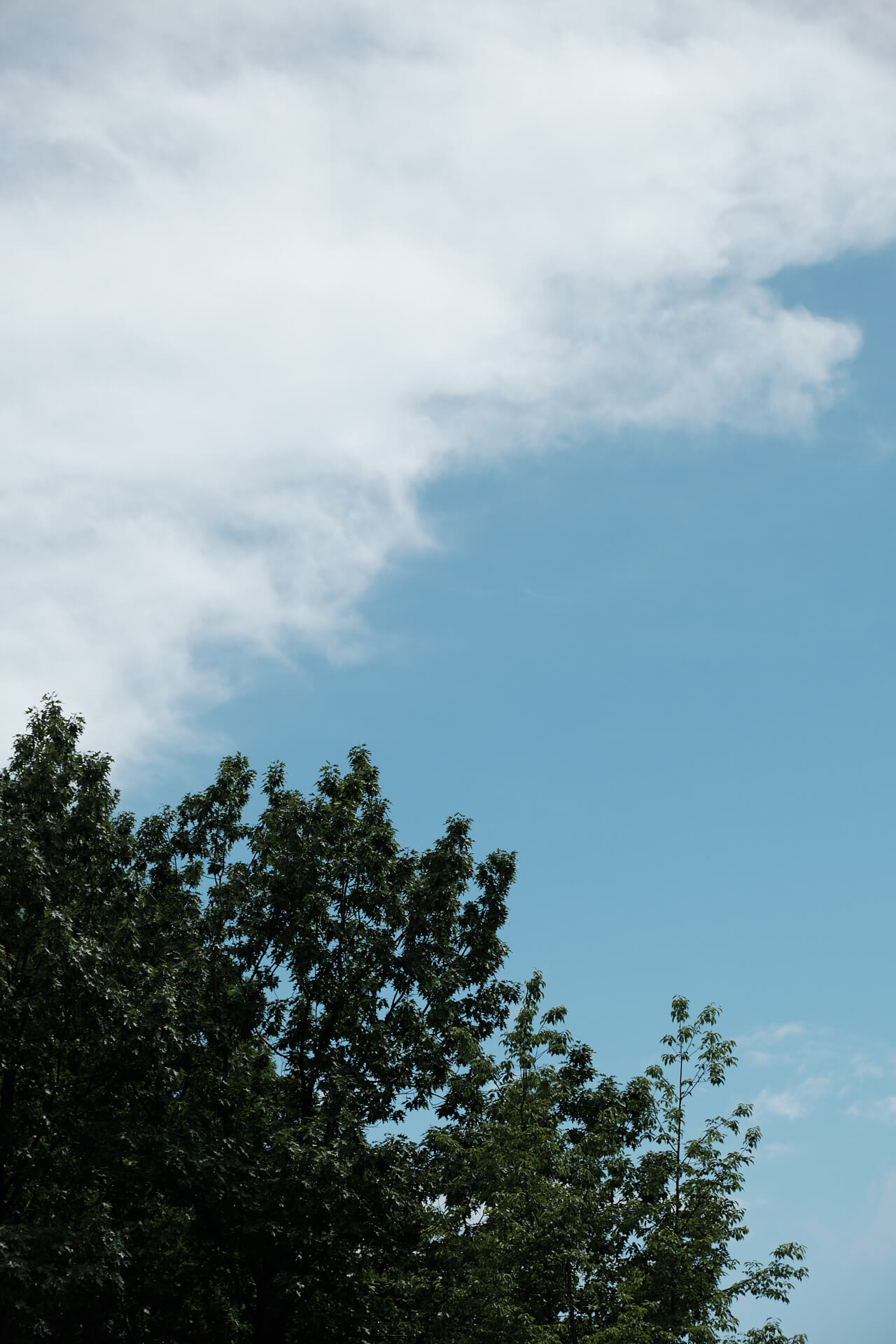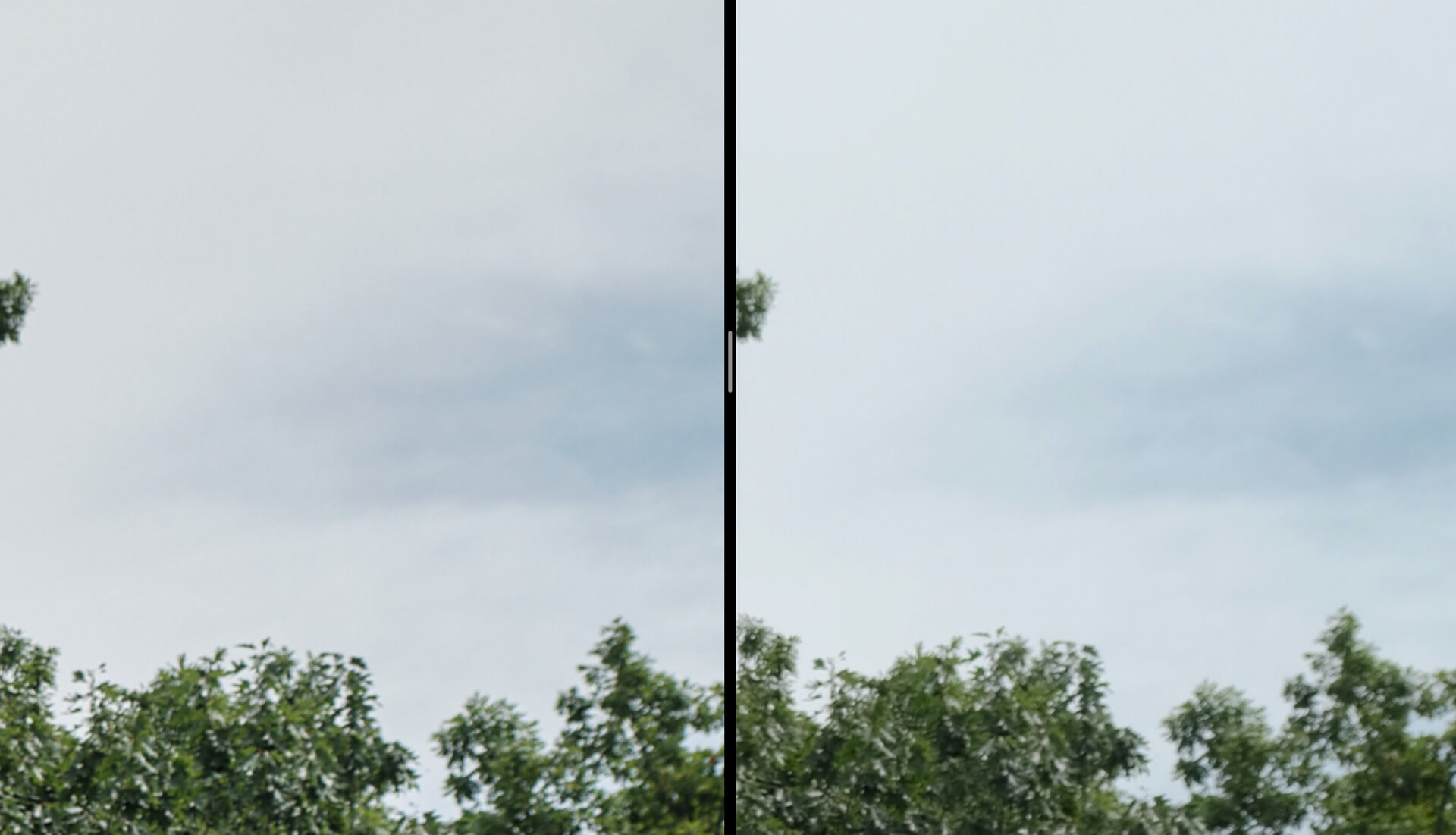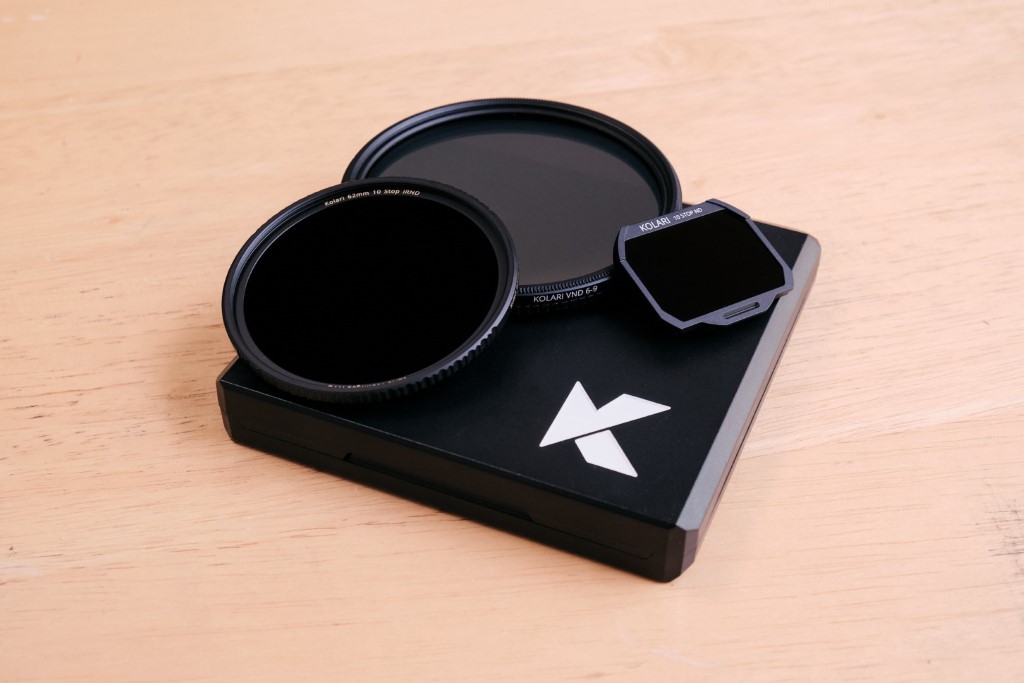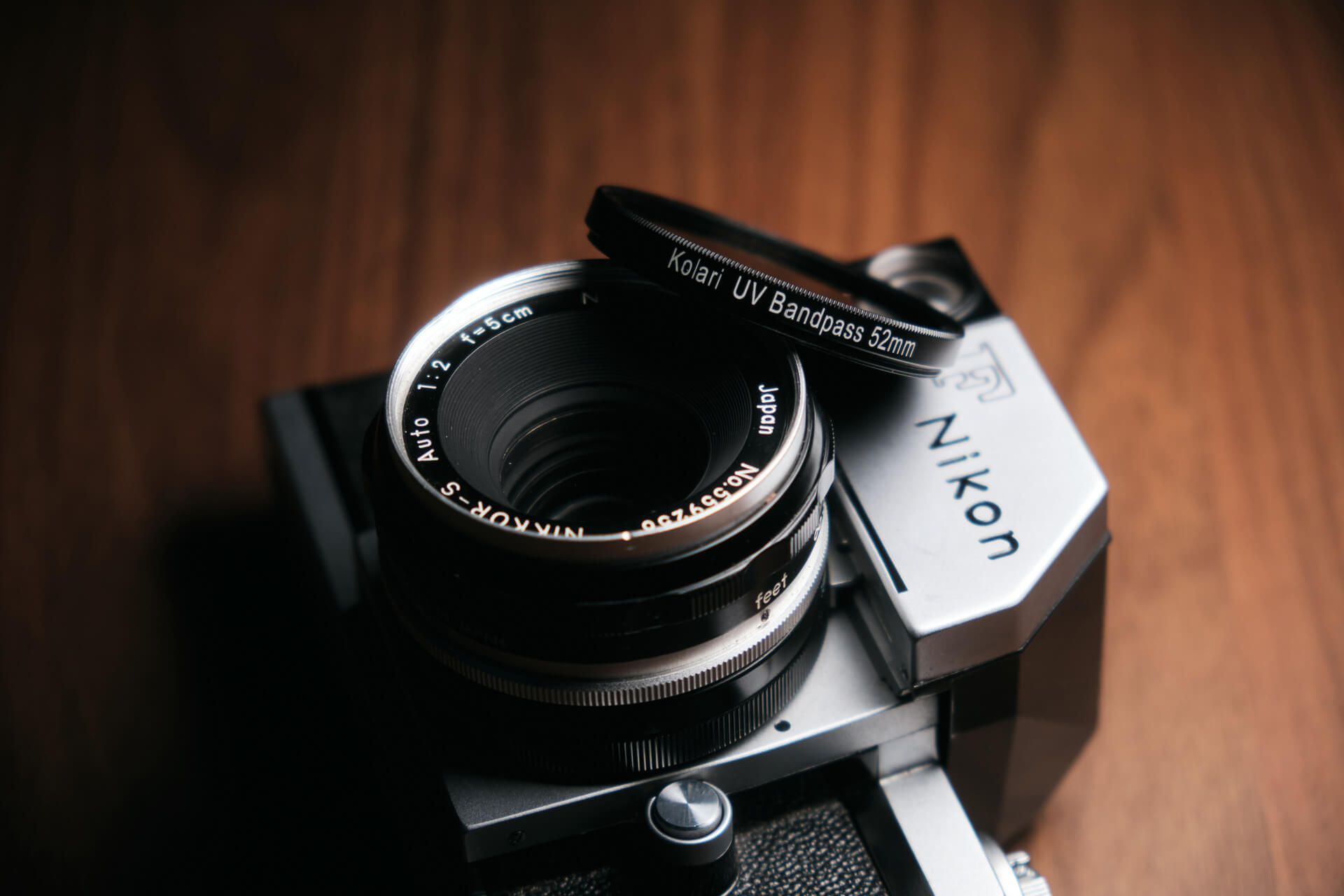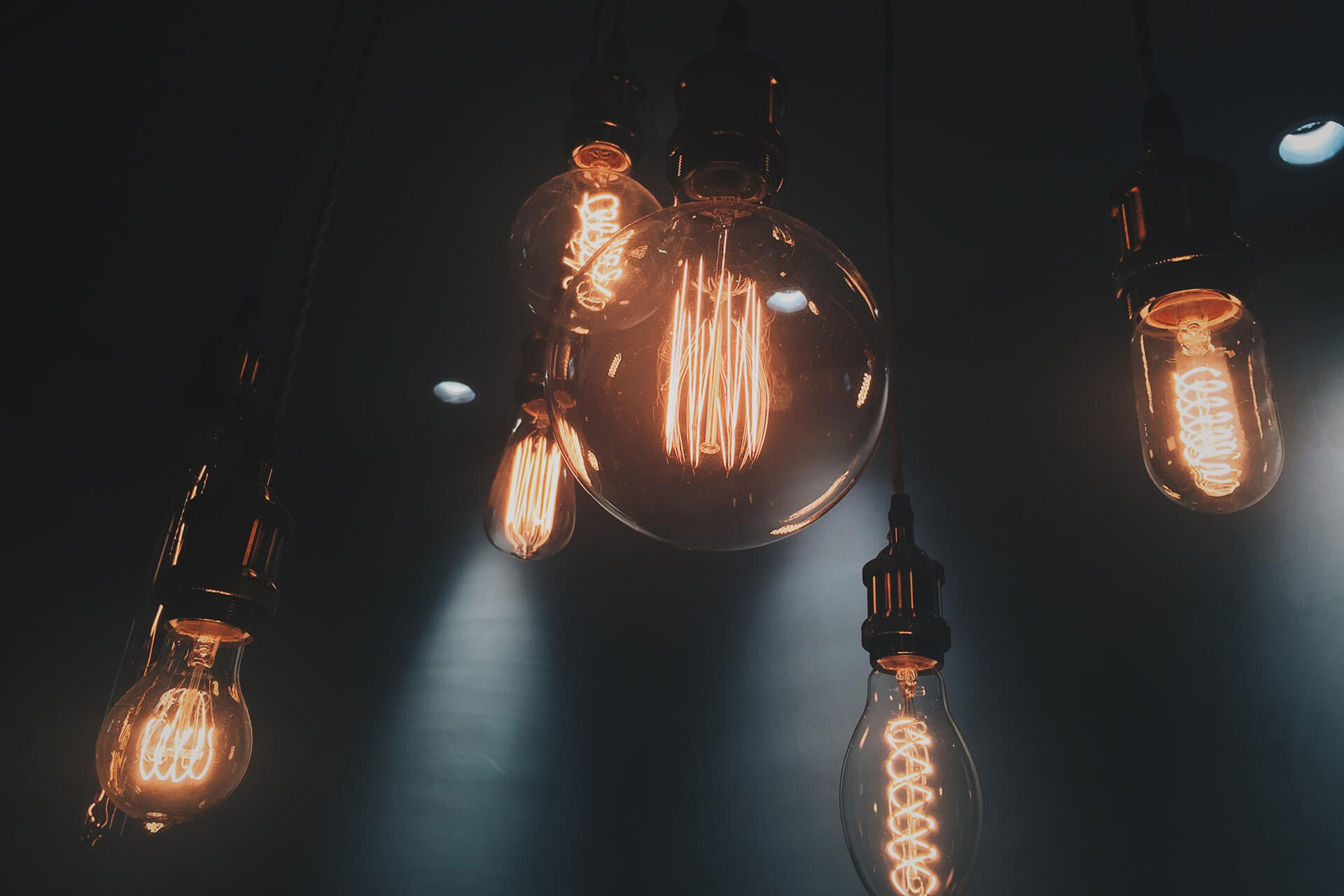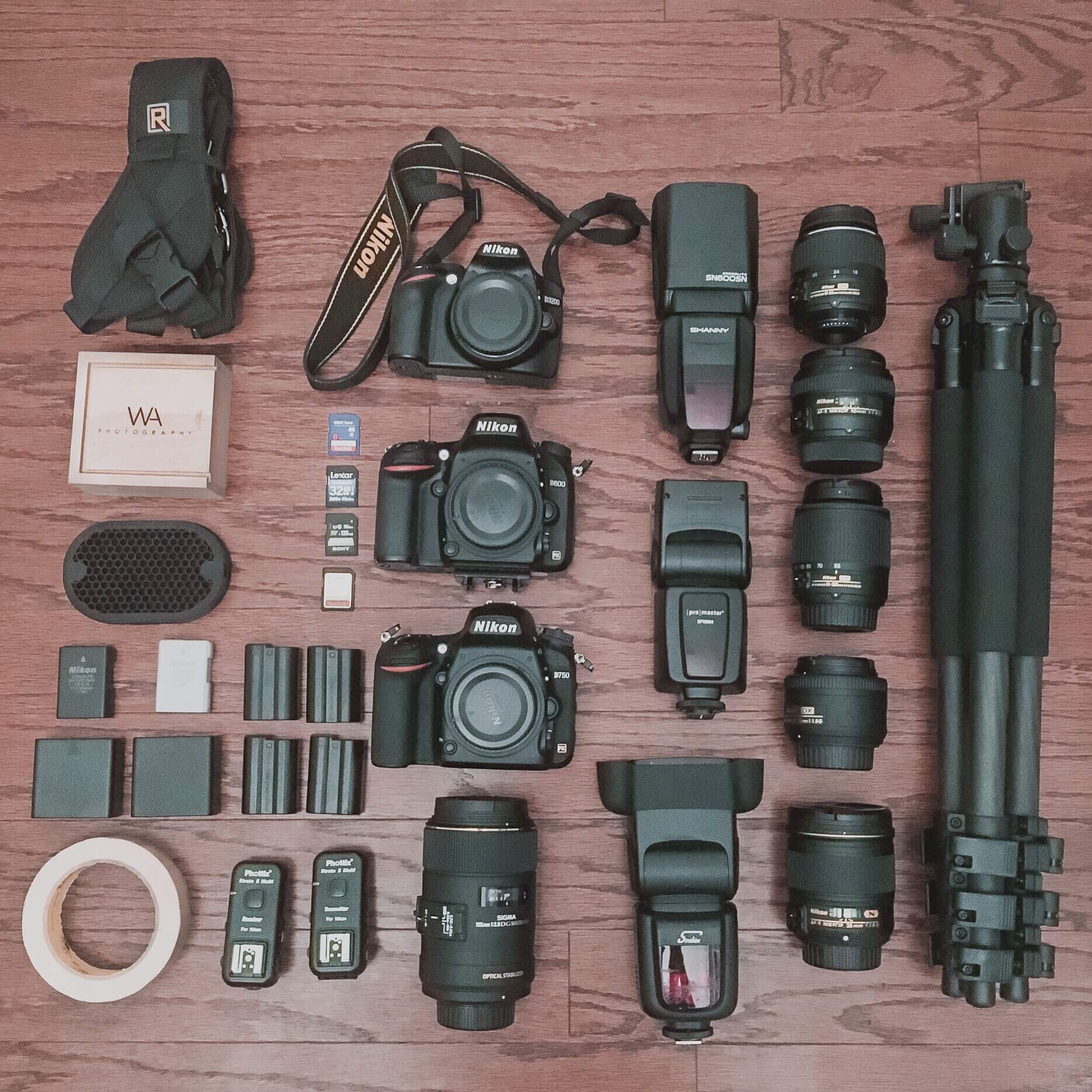One of the first things many photography teachers will tell their students on the first day of class is, “Always shoot in RAW or RAW plus JPEG,” as a syllabus is placed in their hands on day one. Students may ask themselves, “What in the world is RAW?”
Cameras can take images in many ways, and how they process the photos can vary from model to model. Generally speaking, digital cameras can write files onto memory cards by using either a JPEG or a RAW file format.
JPEG is an image format that most people are familiar with. When digital cameras first hit the market, the Joint Photographic Experts Group developed a universal file format: JPEG. JPEGs can be displayed on most devices and are likely to be the format used for snapshots taken with now obsolete digital cameras and today’s latest smartphone.
When a camera takes a JPEG, the in-camera software will compress the data to create a smaller file and process the photo itself. During compression, much information is discarded, including some color data. Although many tones remain, details in the highlights and shadows may be lost. The JPEG may be sharpened, improved with contrast, or boosted with saturation. This trade-off isn’t an issue for many people, as the photos still come out as usable, but this arrangement may be less than ideal for those looking for more creative control.
Shooting in RAW format allows you to get the most control over an image. RAW files capture all of the data recorded by the camera’s sensor into large digital files. JPEGs go up to 8-bits and contain nearly 17 million colors, while 12-bit RAW files can capture over 68 billion colors. Some RAW files can even record in 14 or 16-bits, further increasing their recording capabilities.
How RAW files are named and coded is different depending on the manufacturer. For example, Canon uses .crw, .cr2, or .cr3 files, while Nikon uses .nef or .nrw . These files are considered to be proprietary formats by the camera manufacturer. This means that image processing companies like Adobe either pay manufacturers for the licensed software to utilize the RAW formats or reverse engineer the files to determine how they can be converted. Since the manufacturers own these RAW file formats, there isn’t a guarantee that a file that can be processed today will be compatible with different software or future software updates. Adobe has developed an open-source RAW format known as a DNG, or digital negative files, to help prevent this issue from happening in the future. Some manufacturers, like Leica, allow users to shoot in DNG, but until more manufacturers follow suit, people can convert their RAW images into the DNG file formats using a program like Lightroom.
So what are the benefits for users who shoot exclusively in RAW or JPEG?
JPEGs’ smaller file sizes have a few key benefits when shooting. Since the files are smaller, they’ll take up less space on a memory card. When working with a larger quantity of photos, the smaller file sizes can maximize the total number of images that can be stored. Smaller file sizes are also easier for the camera to write onto a card. When shooting in burst mode, the camera needs to take time to record each exposure and may need to buffer. Since the file size of a JPEG is significantly smaller than a RAW, this minimizes the writing time, allowing for more speed.
There may also be instances where a JPEG is preferable. Not every person with a camera needs a RAW file’s capabilities. By shooting in JPEG, people can circumvent the time required for post-processing and converting a RAW file to be website ready. Since JPEGs deliver the same results as seen on the camera’s LCD, people know what to expect without needing any editing software or knowledge to use those programs effectively.
While JPEGs offer convenience, RAW files are typically recommended as they allow for unbeatable creative flexibility. They are high-quality, uncompressed files. As a result, the photos can be manipulated during post-processing in nondestructive ways since the file has remained untouched from the time the shutter releases to the moment it’s loaded onto a computer. Adding contrast, adjusting colors, and adding sharpness are all actions that the editor can choose rather than relying on the in-camera software to predict a “good” image.
These capabilities make a huge difference for people who can’t recreate a shot or achieve the look they’re going for. When shooting fast-moving events or capturing candids, it’s unreasonable to expect any person to get their perfect exposure every time. For moments that can’t be recreated, like a runner crossing a finish line, being able to correct mistakes is vital. Even within a stable, controlled environment, photos taken using infrared or ultraviolet filters often require RAW files to reach the desired result. A RAW file is needed to achieve false-color results, whether you’re following along with a tutorial like this or using incredibly intuitive software like CLiR.
Once an image is processed and suits the creator’s liking, showing the finalized work will have the best results if it was initially shot as a RAW file. Suppose the final product will be distributed digitally. In that case, important clients expect high-quality images, and RAW files will allow you to deliver this. Shooting in RAW also makes sense for printing purposes. Issues like banding and overblown highlights may not be noticeable when displayed on a monitor or a smartphone, but they can be quite apparent if enlarged and displayed on a larger scale.
There are also plenty of creatives who swear by both formats and choose to shoot in JPEG and RAW. Some do this to back up their files since JPEGs are immediately accessible and future-proof. The RAWs allow them to get closer to what they want as a final product. For photographers who are still learning how to work with post-processing software, shooting in RAW and JPEG can be a helpful learning tool. By shooting in both, they can pull up a RAW file in their chosen program and mimic what they see with the JPEG to get familiarized with the process.
So whether you’re shooting in JPEG, RAW, or both, as long as it works for you, that’s what matters. Share your thoughts in the comments, and let us know if you have another argument for or against shooting in RAW or JPEG.
Feel free to check our Education section for more articles, and subscribe to our newsletter to stay up to date with new releases.
